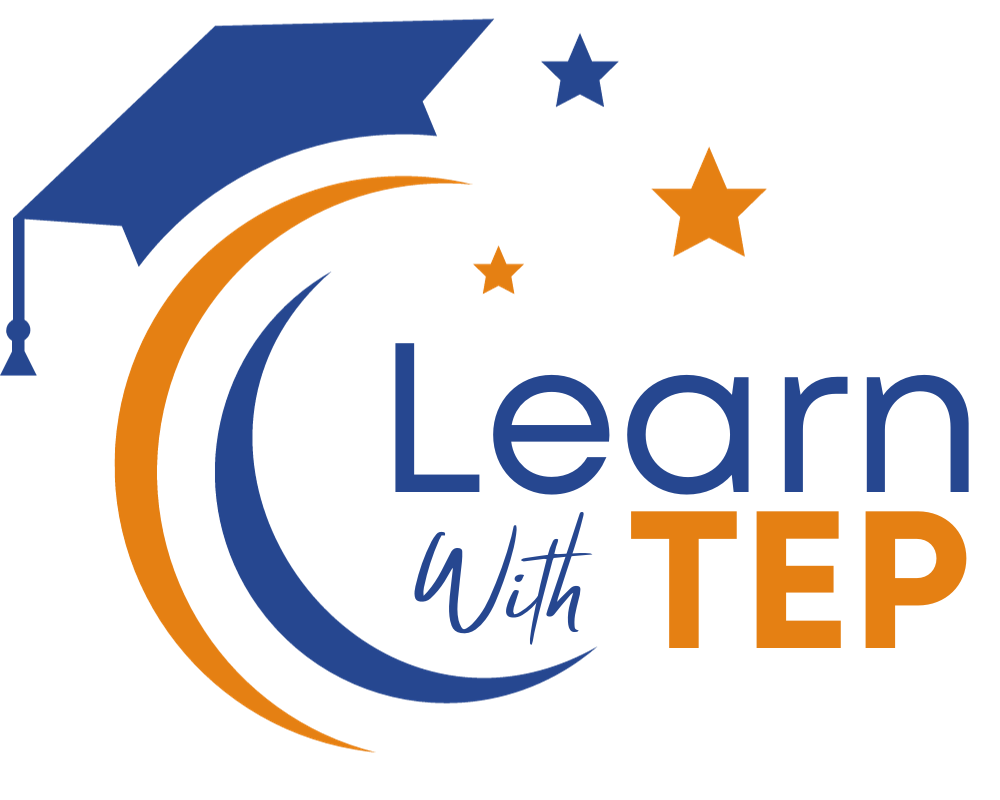Agile Testing Interview Questions and Answers
Agile Testing Interview Questions and Answers
34+ Agile Testing Interview Questions
and Answers (2024)
Following is a list of
Agile Testing interview questions and answers, which are likely to be asked
during the interview.
Agile Testing Interview Questions for Freshers
1) As a tester what
should be your approach when requirements change continuously?
When requirement keeps
changing, continuously agile tester should take following approach
- Write generic test plans and
test cases, which focuses on the intent of the requirement rather than its
exact details
- To understand the scope of
change, work closely with the product owners or business analyst
- Make sure team understand the
risks involved in changing requirements especially at the end of the
sprint
- Until the feature is stable,
and the requirements are finalized, it is best to wait if you are going to
automate the feature
- Changes can be kept to a
minimum by negotiating or implement the changes in the next sprint
2) List out the pros
and cons of exploratory testing (used in Agile) and scripted testing?
|
Pros |
Cons |
|
|
Exploratory Testing |
– It requires less preparation-
Easy to modify when requirement changes- Works well when documentation is
scarce |
– Presenting progress and Coverage
to project management is difficult |
|
Scripted Testing |
– In case testing against legal or
regulatory requirements it is very useful |
– Test preparation is usually
time-consuming- Same steps are tested over and again- When requirement
changes it is difficult to modify |
3) Explain the
difference between Extreme programming and Scrum?
|
Scrum |
Extreme
Programing (XP) |
|
– Scrum teams usually have to work
in iterations called sprints which usually last up to two weeks to one month
long |
– XP team works in iteration that
last for one or two weeks |
|
– Scrum teams do not allow change
into their sprints |
– XP teams are more flexible and
change their iterations |
|
– In scrum, the product owner
prioritizes the product backlog but the team decides the sequence in which
they will develop the backlog items |
– XP team work in strict priority
order, features developed are prioritized by the customer |
|
– Scrum does not prescribe any
engineering practices |
– XP does prescribe engineering
practices |
4) What is an epic,
user stories and task?
Epic: A customer described software feature
that is itemized in the product backlog is known as epic. Epics are sub-divided
into stories
User Stories: From the client perspective user stories
are prepared which defines project or business functions, and it is delivered
in a particular sprint as expected.
Task: Further down user stories are broken
down into different task

